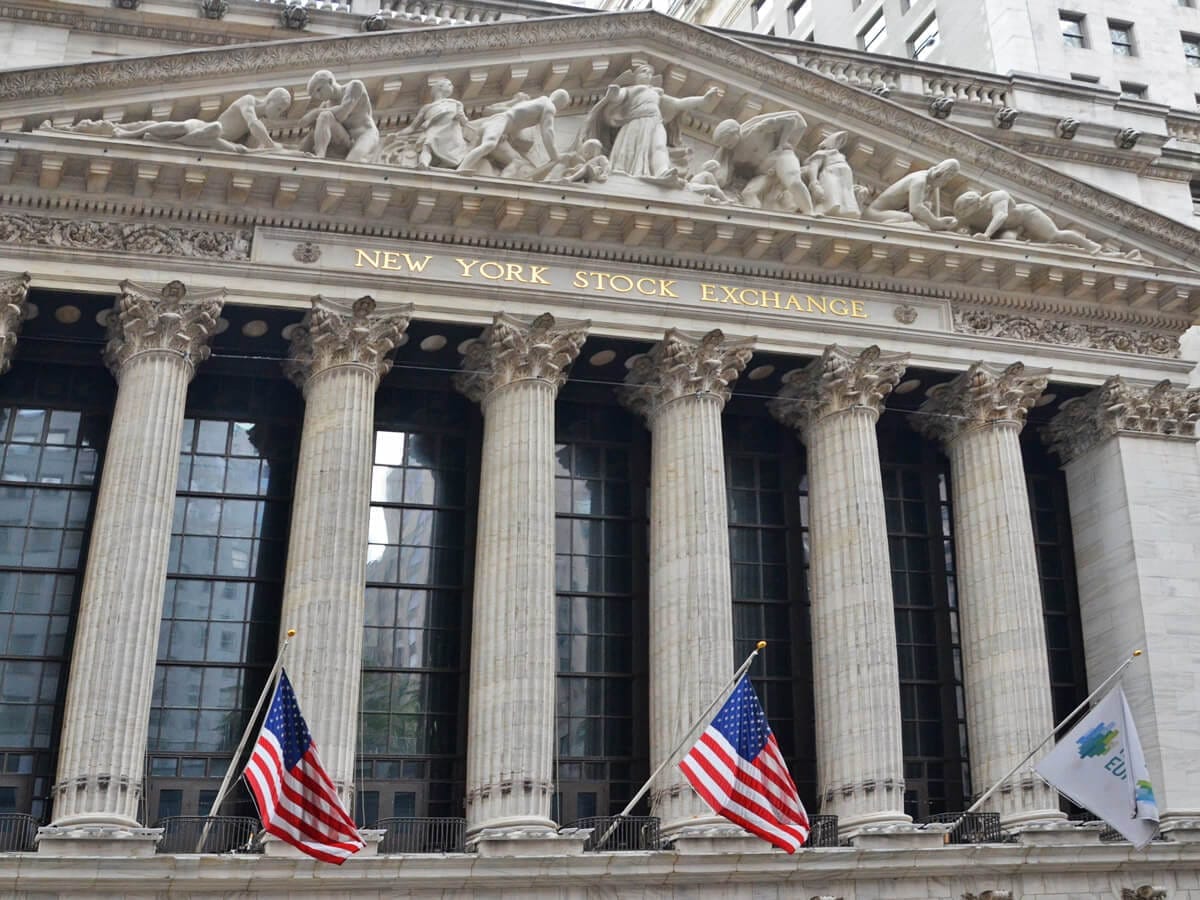New York City has taken a significant step in urban traffic management by introducing a congestion charge for vehicles entering Manhattan. This initiative positions NYC as the first city in the United States to implement such a system, which has been adopted in various forms in cities around the world. The congestion charge aims to address the persistent issue of traffic congestion in Manhattan, reduce air pollution, and generate funding for public transportation improvements.
The congestion charge will apply to vehicles entering a designated zone in Manhattan, specifically below 60th Street, during peak hours. The charge is expected to be enforced during weekdays, from 6 a.m. to 8 p.m., targeting the hours when traffic congestion is most severe. The specific fee structure is still being finalized, but it is anticipated that the charge will vary based on the time of day, with higher fees during the busiest periods.
One of the primary objectives of the congestion charge is to reduce the number of vehicles on the road in Manhattan. Traffic congestion has long been a challenge for the city, leading to increased travel times, higher levels of air pollution, and a decline in the overall quality of life for residents. By discouraging unnecessary vehicle trips into the city, officials hope to encourage the use of public transportation, cycling, and walking as viable alternatives.
In addition to alleviating congestion, the revenue generated from the congestion charge is expected to be substantial. Estimates suggest that the charge could raise hundreds of millions of dollars annually. This funding will be directed toward improving the city’s public transportation infrastructure, including the subway and bus systems, which have faced significant challenges in recent years. Enhancements to public transit are crucial for providing residents and visitors with efficient and reliable transportation options.
The congestion charge will also include provisions for exemptions and discounts to ensure that low-income residents and essential service providers are not disproportionately affected. For instance, certain vehicles, such as emergency services and public transit buses, may be exempt from the charge. Additionally, discounts may be available for residents living within the congestion zone, as well as for those who rely on vehicles for work purposes.
Public reception of the congestion charge has been mixed. While some residents and advocacy groups support the initiative as a necessary step toward improving air quality and reducing traffic, others express concerns about the potential financial burden on commuters and local businesses. Critics argue that the charge may disproportionately impact those who rely on cars for their daily commutes, particularly in areas with limited access to public transportation.
To address these concerns, city officials have committed to ongoing communication and engagement with stakeholders, including local businesses, community organizations, and residents. By fostering dialogue and transparency, the city aims to ensure that the congestion charge is implemented in a way that balances the needs of various groups while achieving its broader objectives.
As New York City embarks on this new chapter in traffic management, it is essential to monitor the effects of the congestion charge closely. Data will be collected to assess changes in traffic patterns, air quality, and public transportation usage. This information will be invaluable in determining the overall success of the initiative and informing future transportation policies.
In conclusion, New York City’s congestion charge represents a landmark moment in urban traffic management and environmental policy. By becoming the first city in the United States to implement such a measure, NYC is taking proactive steps to address the challenges of traffic congestion and air pollution. As the city moves forward with this initiative, it will be crucial to balance the needs of residents, commuters, and businesses while ensuring that the benefits of the congestion charge are realized for all New Yorkers.



